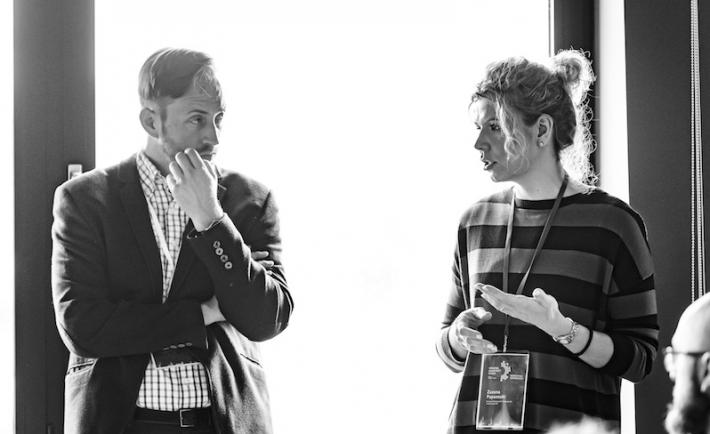In recent weeks, Slovakia has experienced massive protests at a scale unseen since the fall of the communist regime in 1989. The protests have been organized throughout the country by young people in their early 20s, many of whom haven’t been engaged politically before. In fact, many of the youth now protesting were born into democracy and barely remember the fight against the authoritarian regime of the late 90s, let alone life under the Soviet-aligned government that came before it. The protests we are currently witnessing, initially fueled by the unprecedented murder of investigative journalist Jan Kuciak, have already resulted in the resignation of the minister of interior and, later, of Prime Minister Robert Fico’s cabinet. While the protests triggered the resignations, civic unrest toward Fico’s cabinet already existed due to accusations of corruption and alleged mafia ties to political elites. However, Slovaks are now demanding Za slusne Slovensko – “Decency in Slovakia” – which means politics clean of corruption, mafia connections and attacks on journalists.
To protect their democracy, Slovak youth gather in largest protests since the fall of communism
NDI Changemaker: Through the Barbed-Wire Fence Toward Democracy
I grew up in the capital of what is now Slovakia, right on the river that borders Austria. I remember being near this very river, peering over to see what was on the other side. A barbed-wire fence sat between the two countries, a literal and figurative separation between democracy and the “Iron Curtain” that laid itself across Central and Eastern Europe at the time. The presence of the fence is something that I have since held in my mind; it was and continues to be a part of my daily reality - something continuously propelling me toward democracy.



